Avocado has earned its place of honor as one of the most popular foods, because of its extremely beneficial nutrient content and diverse culinary uses. Rich in fiber, potassium, healthy fats and powerful antioxidants, the benefits of avocados are many.
With this article, we aim to put an end to the debate whether avocado is a fruit or a vegetable.
Fruit or vegetable?
Avocado is a fruit. Or more precisely - botanists define it as a large fruit with one seed.
Although not as sweet as most fruit, it still fits the definition of a fruit, which is a sweet, fleshy fruit of a tree or other plant, that contains seeds and can be eaten as food.
The Avocado originates from Mexico and its fruit grow on trees. The inside is creamy and smooth in texture and the outside is covered with a bumpy, hard, dark green or black outside layer.
Half of a small (or one-third of a medium-sized) avocado, which is about 50 g, is considered one portion. It contains about 94 calories and is full of healthy fats and nutrients with various health benefits.
How to distinguish fruit from vegetables
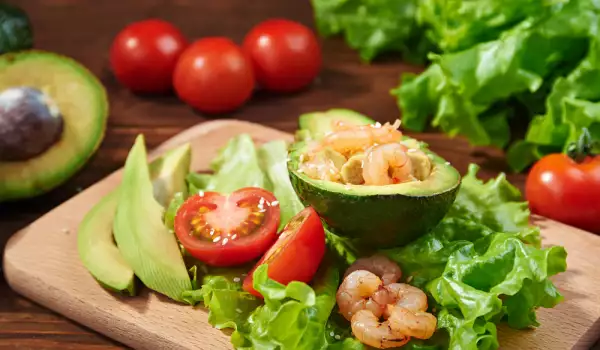
Both fruit and vegetables come from plants, so sometimes it's hard to tell which is which. In truth, there's no official way to tell the difference. The main botanical difference, however, lies in which part of the plant they originate from.
While fruit begin life from the color of the plant and often contain seeds, vegetables usually include the stems, flower buds, roots, or leaves.
And while these aren't scientific distinctions, they should be enough for you to distinguish most fruit and vegetables. From a culinary perspective, certain fruit are often categorized as vegetables.
Fruit, which are usually considered vegetables
Avocado is not the only fruit, which is considered a vegetable. Some fruit can pass for both fruit and vegetables. They are fruits botanically, but are categorized as vegetables in cooking or food science.
Here are some of them:
- tomatoes;
- cucumbers;
- zucchini;
- pumpkins;
- peppers;
- squash;
- olives;
- eggplants;
How to include avocado in your diet?
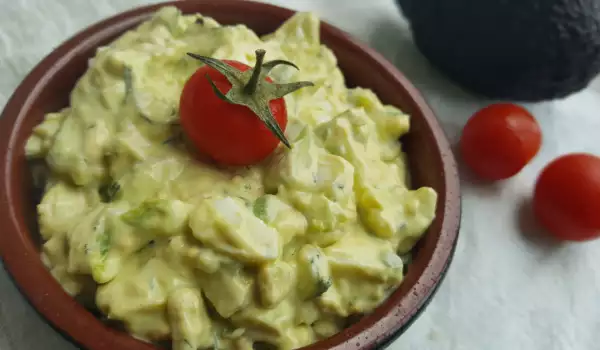
Avocados have many culinary uses. It is most commonly used in making guacamole. The process is simple and involves mashing the avocado into a paste and mixing it with lemon juice. Then you can add spices of your choice such as red onion, spring onion, chili, tomatoes or peppers.
Avocado can be eaten also raw and for better taste you can add a pinch of salt and pepper. It can also be added to salads. Thanks to its high fat content, it helps to absorb vitamins from other vegetables in food. Plus, its smooth and creamy texture makes it a great choice for puddings or cocktails.
Another advantage of avocados - they can be used as a substitute for butter - either for spreading or for baking.
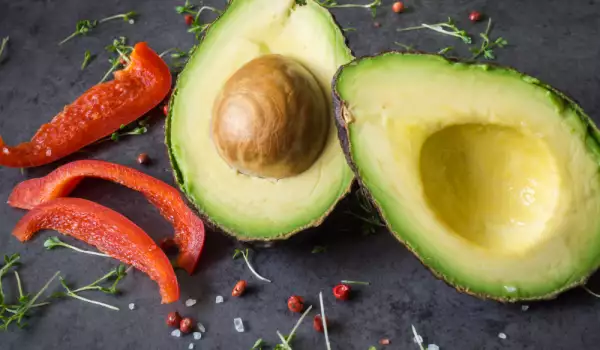



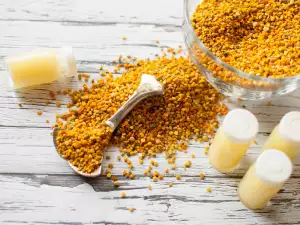


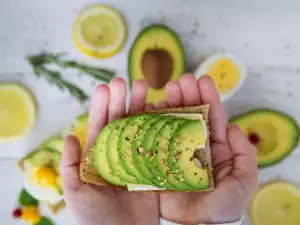
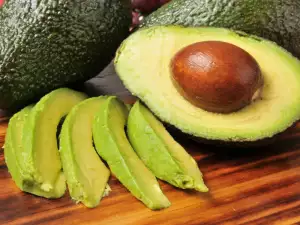
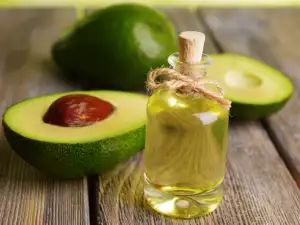
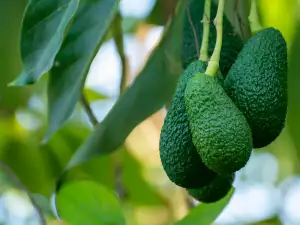
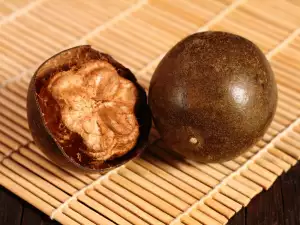
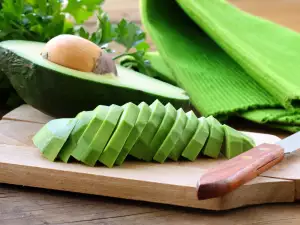
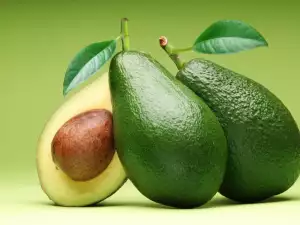






Comments